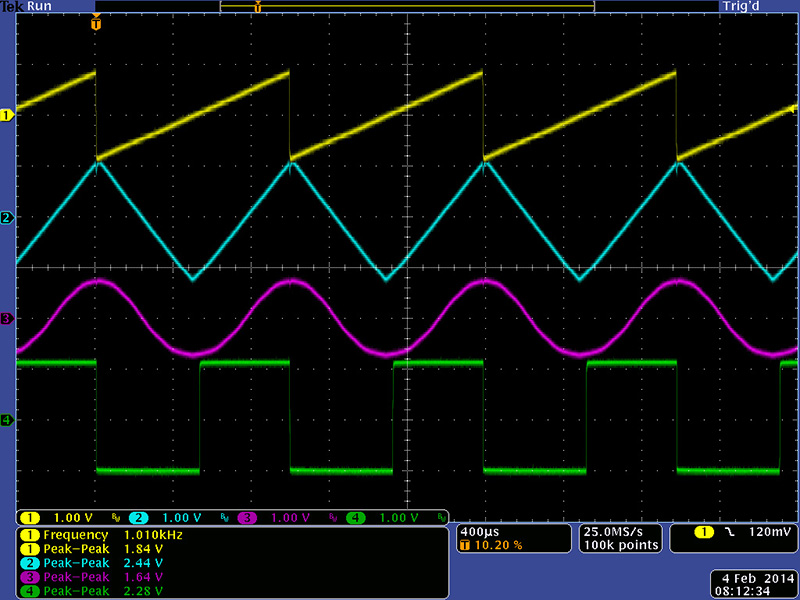The circuits recommended by PRR are clearly just general ideas. In practice you would need to refine the circuit for at least two other reasons:
1) If you're going to get a good range of gain, you're going to need to increase the gain of the transistor and right now that is severely limited by the size of R2. In practice that should probably be more like 220 or even 100 ohms. Otherwise, the LED is just going to vary in brightness a little. You probably want current that ranges from 1mA to 20mA.
2) Theres no way around the rectification (bottom of wave being cutoff) without either adding an offset to the base or lowering the voltage at the emitter. The former is difficult because of requirements from upstream circuitry (as you found out). So lowering the emitter voltage is going to be necessary. But -12V is too much. It should probably be more like -2V. If you only have -12V, then you can make -2V with a voltage divider from ground to -12 and then tap into the base of a PNP with the emitter connected to R2 and then a cap from the base to ground. Adjust the ratio of resistors to get -2V at the bottom of R2. Sorry no schem.
If you adjust things just so, then the LED will smoothly transition between completely off and bright with each sweep of the sine wave.





